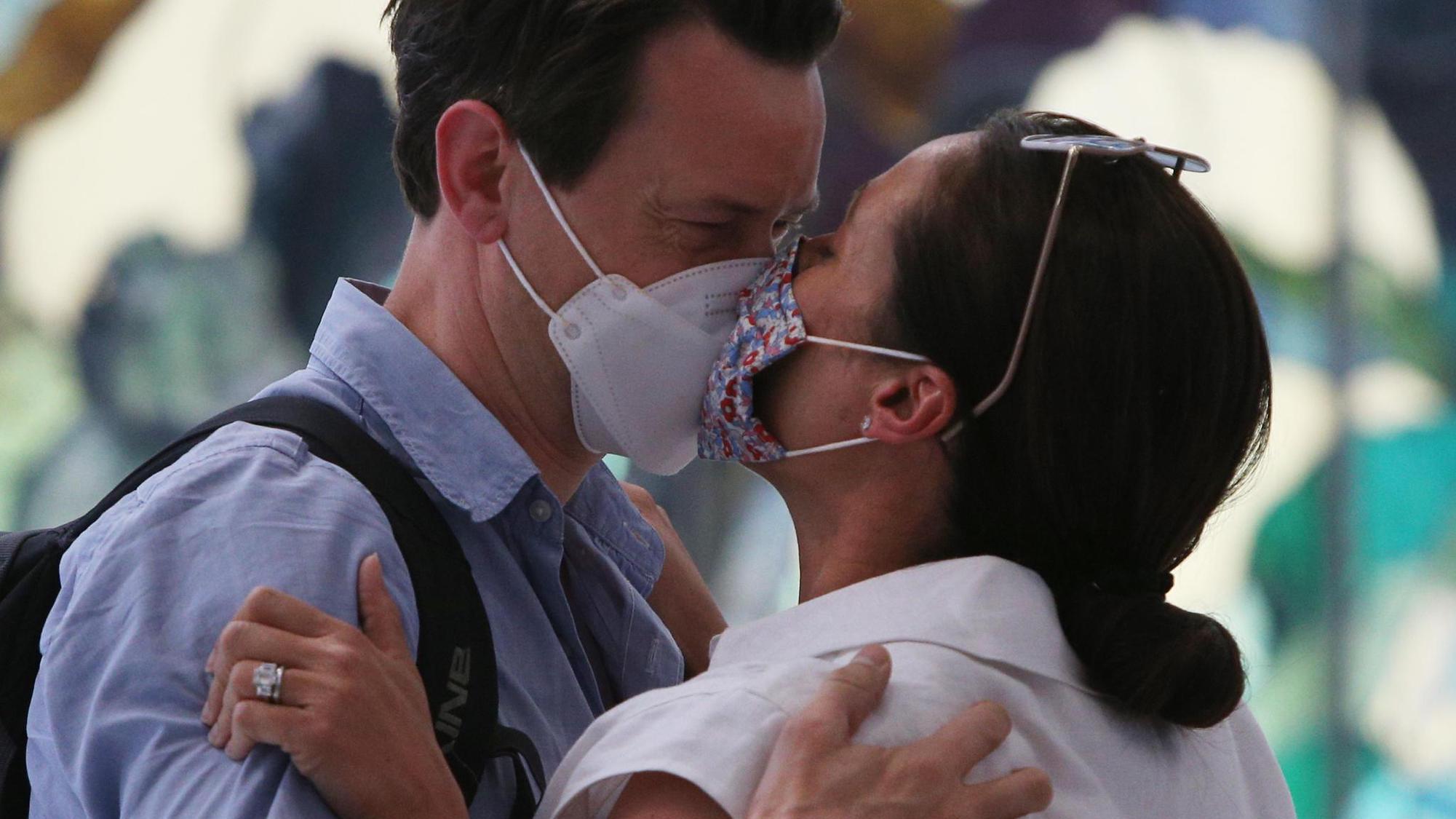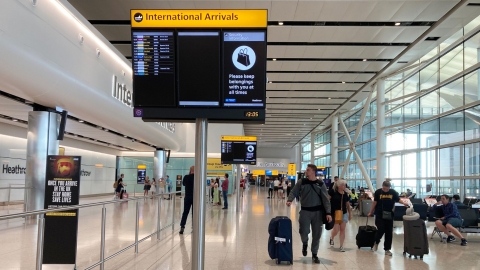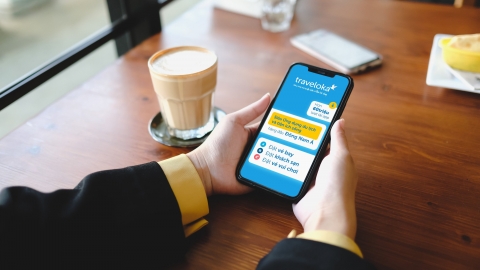Thailand: Hope for tourism recovery
As soon as November 1st, the first flight carrying 27 passengers from Tokyo (Japan) landed at Suvarnabhumi Airport in Bangkok. After that, this airport continuously welcomed a series of other flights from Munich (Germany), Seoul (Korea),... with thousands of tourists excited to return to Thailand. On November 1st alone, a total of 61 commercial flights landed at Suvarnabhumi Airport with more than 3,000 passengers, in addition, other international airports also recorded about 3,613 international tourists.

Visitors to Thailand will still have to undergo a test, and their documents will be verified by QR codes, provided under the Thailand Pass system applied at all airports in the country. - Photo: AFP

Crowded scene at Suvarnabhumi Airport on the first day of opening. - Photo: Reuters
Suvarnabhumi Airport General Manager Kittipong Kittikachorn said the majority of flights were from Europe and there had been some congestion at screening stations where airport staff checked passengers’ vaccination certificates. With restrictions eased and no need to quarantine, many tourists have chosen Thailand as their travel destination, aiming to avoid the “winter blues” that will hit Europe, the US and China in December.
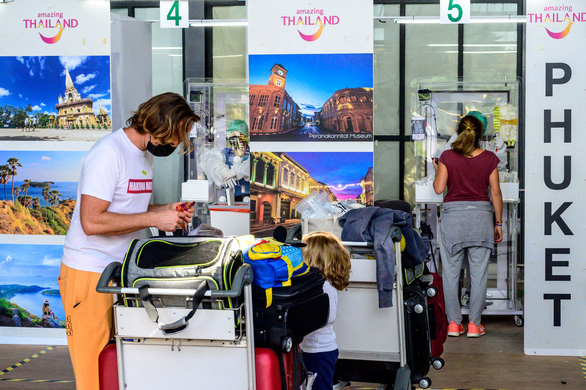
Tourists wait for Covid-19 tests after landing in Phuket on November 1. - Photo: AFP
According to the Thai International Airport Authority, Bangkok's Suvarnabhumi Airport is expected to handle around 15,000 passengers in its first week of operation. The country also expects to see 10-15 million visitors in 2022, and by 2023, tourism revenue will rise to almost the same level as in 2019.
Tourism accounts for nearly a fifth of Thailand's economy, with nearly 40 million visitors a year before the pandemic hit in late 2019. "It's necessary to open up because that's how we ensure the survival of our people and our country," said Sanan Angubolkul, president of the Thai Chamber of Commerce.
Australia: Tears of joy at reunion
After nearly 20 months of lockdown, Australia has gradually loosened its controls and officially opened its borders to welcome its citizens back from abroad. From early morning on November 1, Sydney Airport was filled with emotional scenes of many families and relatives who had been forced to be apart for a long time. Some people could not hold back their tears of joy and exchanged loving hugs.

The moment of reunion of a couple at Sydney airport. - Photo: Reuters

Photo: Getty Image/Lisa Maree Williams
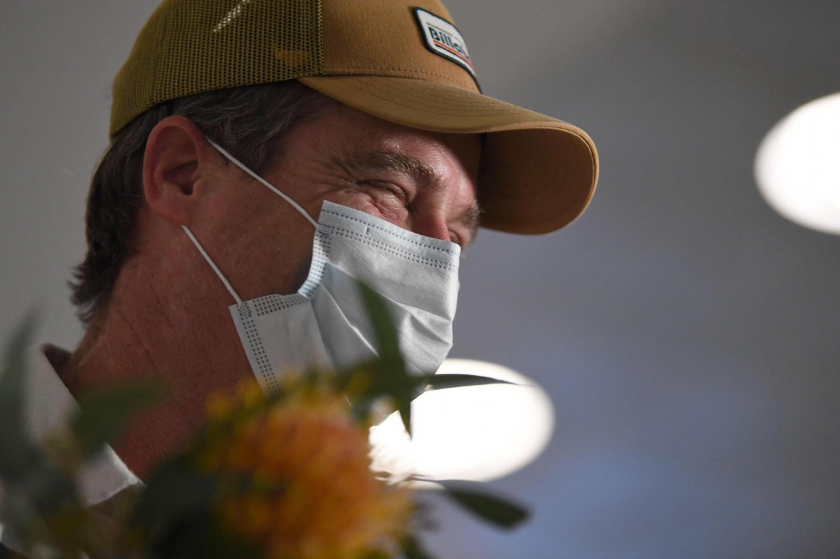
Photo: Getty Image/Lisa Maree Williams
"Tears, laughter and hugs - there were emotional scenes at Sydney and Melbourne airports today, the first day Australians can return on flights without having to quarantine," Australian Prime Minister Scott Morrison shared on his Facebook page on November 1. "Today is a great day for Australia! We are ready to take off!"

Only Australian citizens and permanent residents who have been fully vaccinated will have the opportunity to return home and reunite with their loved ones. - Photo: AFP
For nearly 20 months, Australians have been restricted to overseas travel only when permitted, with many states and cities shut down, limiting contact with the outside world as much as possible. This has left families separated within Australia, with tens of thousands stranded overseas. A small number have paid thousands of dollars to enter Australia and have to quarantine in hotels for 14 days. Australia's border regulations are considered some of the strictest in the world during the pandemic.
According to data from the Australian Department of Foreign Affairs, there are currently about 47,000 people hoping to return to the country. Those who have not been vaccinated will be required to undergo medical quarantine, while those who have been fully vaccinated will not have to go through this step. For now, Australia is only welcoming citizens and permanent residents back to the country, but as part of the roadmap to opening up, Australia will also gradually open to international visitors in the future.

A passenger on the first flight without restrictions, from Sydney to Melbourne. - Photo: James Ross (Keystone)







